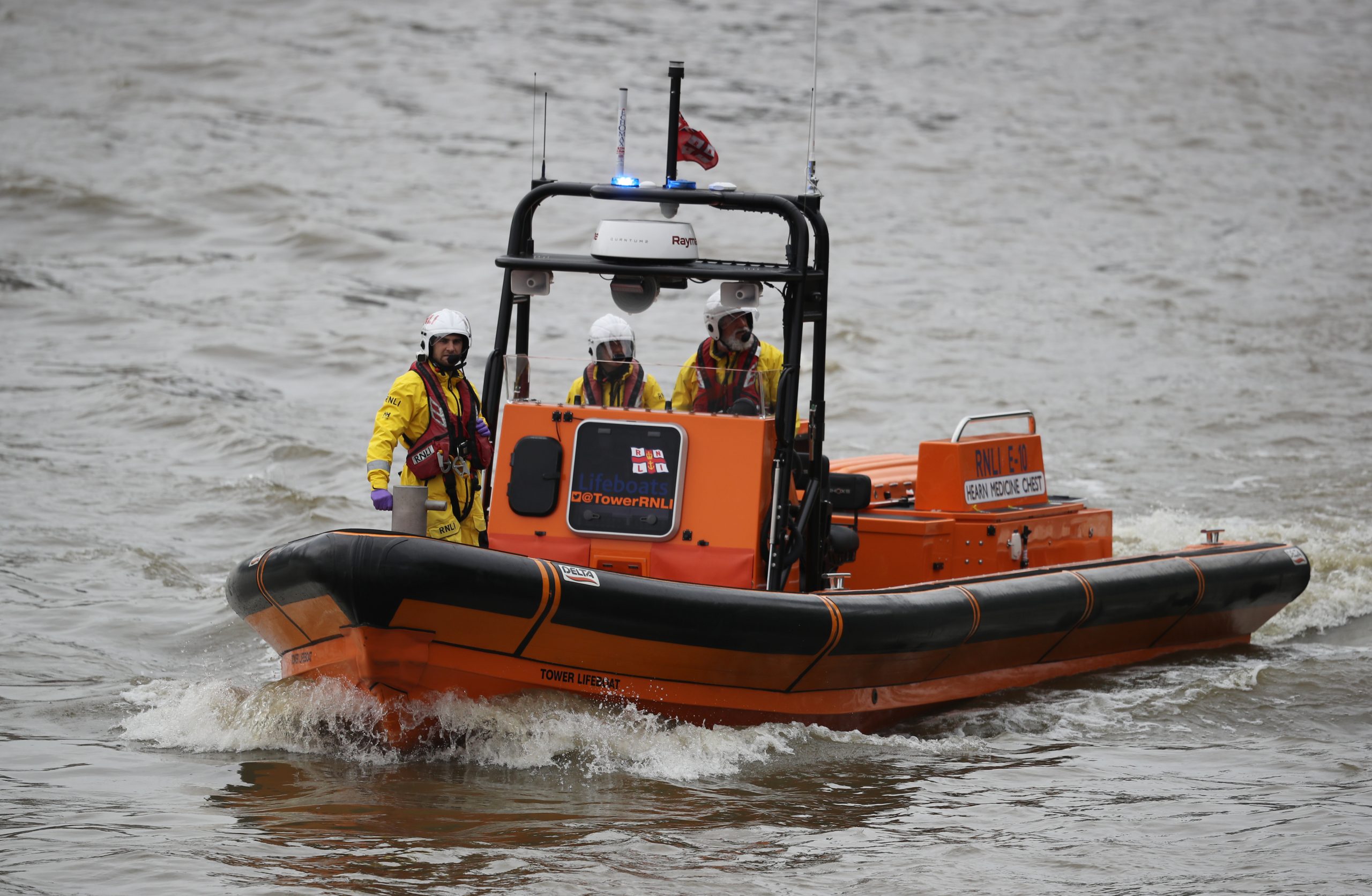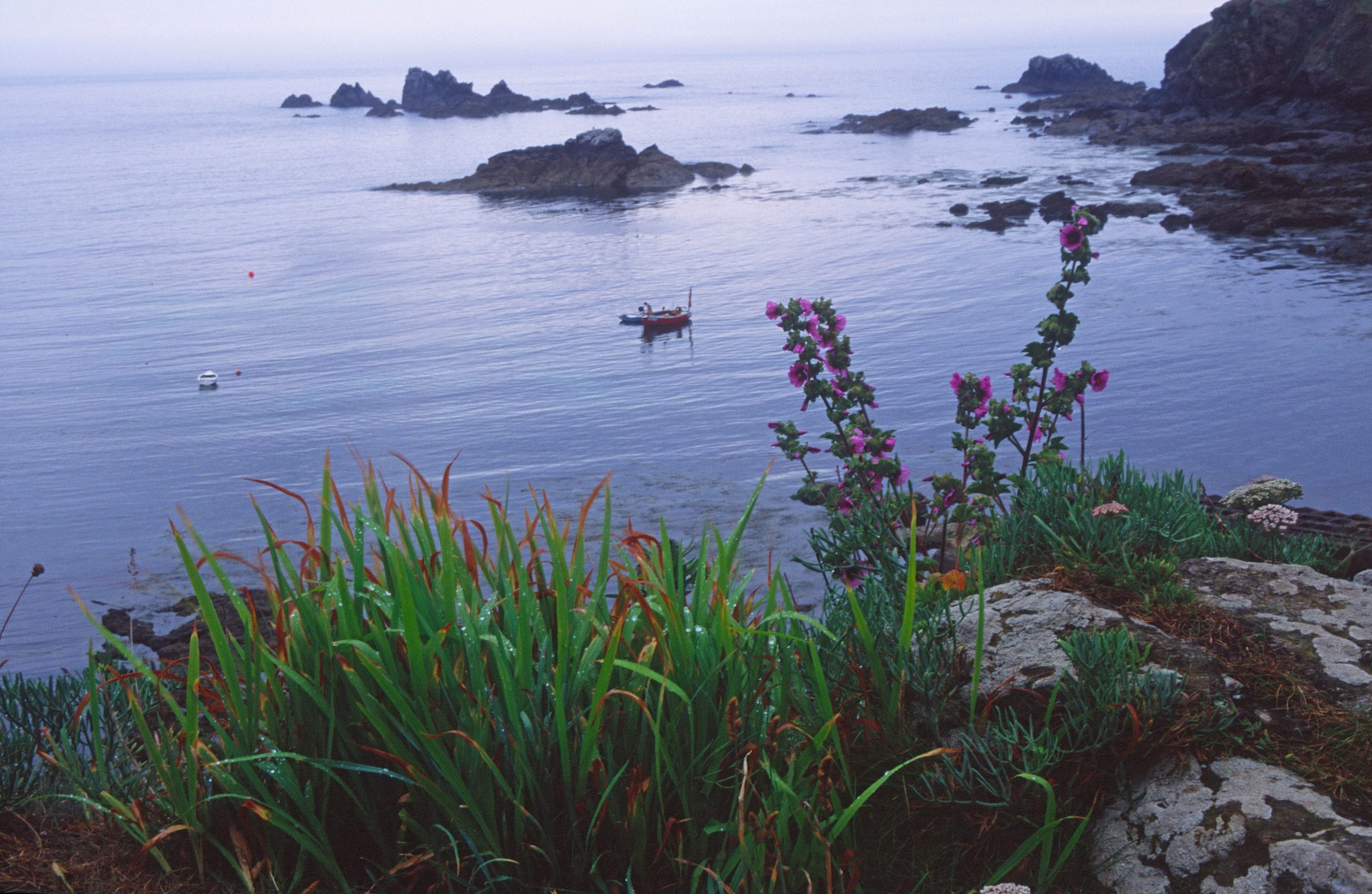Curious Questions: What was the world’s greatest sea rescue?
Eighty-three years after it was founded, the RNLI made its largest rescue off the coast of the Lizard, in Cornwall.


For all their beauty, the coastal waters of Britain are treacherous, accounting for an average of 1,800 wrecks a year in the early 19th century. An Isle of Man resident, Sir William Hillary, had seen many a ship founder on the waters around the island. Realising that a more co-ordinated approach to helping the crews and passengers of ships in difficulty was required, he proposed the creation of a National Institution for the Preservation of Lives and Property from Shipwreck.
Hillary’s vision turned into a reality on March 4, 1824, at the London Tavern in Bishopsgate, when over thirty eminent men, including the Archbishop of Canterbury and William Wilberforce, voted unanimously to form the organisation. King George IV granted it permission to use the Royal prefix, moving Hillary to write that ‘this Institution is now established on principles which will extend its beneficial effects to the most distant shores, and to generations yet unborn’. Some good ideas come out of pubs.
What we now know as the Royal National Lifeboat Institution (RNLI) – it changed to its current name on October 5, 1854 – was born and still retains Hillary’s founding principles at the heart of its constitution. Today, the Institute operates 238 lifeboat stations around Britain and Ireland, where 349 lifeboats are stationed, together with 108 boats in its relief fleet, and has been responsible for saving over 143,000 lives since its formation.
Gazing at the now sadly dilapidated lifeboat station at Polpeor Cove on Lizard Point, my attention was caught by a series of boards that told the tale of the SS Suevic.
Built in Belfast’s Harland and Wolff shipyard, the Suevic was the fifth and largest steamship commissioned by the White Star Line to service its London to Cape Town to Sydney route. With a gross register tonnage of 12,531, it was designed to carry up to 400 passengers on three decks in third-class accommodation, along with seven cargo holds, most of which were refrigerated to stow 100,000 carcasses of mutton, and a hold designed to transport upwards of 20,000 bales of wool. Launched on December 8, 1900, it made its maiden voyage to Sydney on March 23, 1901.
Under the command of Captain Thomas Johnson Jones, it set off from Melbourne on February 2, 1907, en-route to Liverpool via Cape Town, Tenerife, and Plymouth. Approaching the Lizard Point on its inward journey to Plymouth on Sunday, March 17, it was carrying 382 passengers, 141 crew members, and a nearly full cargo hold, including thousands of sheep carcasses worth £400,000.
Visibility was so reduced by fog that Jones was unable to use the stars to navigate. Instead, he headed towards the point where he thought he could see the light from the Lizard lighthouse, concluding from his calculations that it was some ten miles away and that they were clear of the rocks.
Exquisite houses, the beauty of Nature, and how to get the most from your life, straight to your inbox.
Seeing no reason to reduce the Suevic’s cruising speed of thirteen knots and dispensing with a sounding line, he steamed on. Twenty minutes later at around 10.30 pm, the vessel ran aground at full speed on the rocks of Maenheere Reef, a quarter of a mile off the Lizard.

Jones’ navigational error had put the ship sixteen miles ahead of his assumed position and, more crucially, much nearer the coast and its treacherous rocks.
A passenger, Hilda Tressider, later recorded what happened when the ship hit the rocks. ‘There was a tremendous crash. The vessel heaved up and launched forward. For a time it shivered and shook, then stopped – and silence…Suddenly the engines started again but after a few revolutions stopped’.
The crew sought to calm fears by saying that the ship was only grounded, but clearly the situation was worse than that. The ship was in danger of splitting in two and the passengers needed to be evacuated.
Around 4.25 am, lifeboats, open wooden boats powered by six oarsmen, were launched from four nearby stations of Lizard, Cadgwith, Coverack, and Porthleven.
The fog was so dense that the first lifeboat on the scene collided with the steamship’s side. The weather, mercifully, improved as the day broke but it took the efforts of sixty men over sixteen hours, shuttling back and forth between shore and vessel, to complete the evacuation.
Hilda’s turn came almost twelve hours after the initial grounding. ‘At the bottom of the ladder we had to wait until the boat rose on the wave and, below the ladder an officer called, ‘Let go’. I did so and found myself in the arms of three or four sailors who, with much encouragement and sympathy, settled me in my place and made me comfortable. They were so friendly and seemed to be enjoying themselves’.
The local paper, the West Briton, was impressed by the sense of calm and lack of panic displayed by all concerned, its correspondent moved to note that he had ‘never seen better behaviour in my life’.
The imperturbable Captain Jones oversaw operations while smoking a cigar. ‘If anything could stop a panic it would be a man who could keep the ash on the end of his cigar in a gale and an emergency’, the correspondent noted. Quite.
While the men on the lifeboats risked life and limb to effect the rescue, the women on the shore played their part too, turning the winch that drew the lifeboats ashore.
One woman, the West Briton noted, ‘was most heroic, rushing into the sea to her waist and carrying the children ashore’. They even served the passengers with meals, Hilda reporting that ‘one friendly woman took five of us to her cottage where we were given a wonderful and much-needed breakfast’.
Astonishingly, not one single life was lost, even with 70 babies on board, and most of the cargo was salvaged. Hilda recorded that a fortnight later the White Star Line had returned all of her possessions, including a deck chair. Now, that is what I call service.
The rescue of the Suevic is the largest rescue to be accomplished solely by lifeboat in Britain and, possibly, the world if the Guinness World Records is to be believed. For their bravery and derring-do, six people were awarded Silver Medals for Gallantry by the RNLI.
As for the ship, it was left grounded on the rocks, drawing crowds of up to 10,000 sightseers a day to gaze on it, until salvagers blew the damaged bow away from the stern with dynamite. The bow remained there to break up where the steamship had grounded, while the stern section was towed to Southampton for repair.
Harland and Wolff built a new bow in Belfast and with the two parts of the ship three hundred miles apart, the Suevic earned itself the sobriquet of the ‘world’s longest ship’. By January 1908, the two halves were reunited and the ship was back at sea. After serving as a Norwegian whaling ship, the Suevic was scuttled off Sweden in 1942 to prevent its capture by the Germans.
Strangely, Charles Lightoller was one of the officers on the Suevic. He later had the distinction of being the most senior officer to survive the sinking of the Titanic. The archetypal Uncle Albert, you might say.

Credit: Gett
Curious Question: Do goldfish really have a three-second memory?
Martin Fone wonders whether everyone's favourite pet fish has greater cognitive abilities than we give it credit for.
After graduating in Classics from Trinity College Cambridge and a 38 year career in the financial services sector in the City of London, Martin Fone started blogging and writing on a freelance basis as he slipped into retirement. He has developed a fearless passion for investigating the quirks and oddities of life and discovering the answers to questions most of us never even think to ask. A voracious reader, a keen but distinctly amateur gardener, and a gin enthusiast, Martin lives with his wife in Surrey. He has written five books, the latest of which is More Curious Questions.
